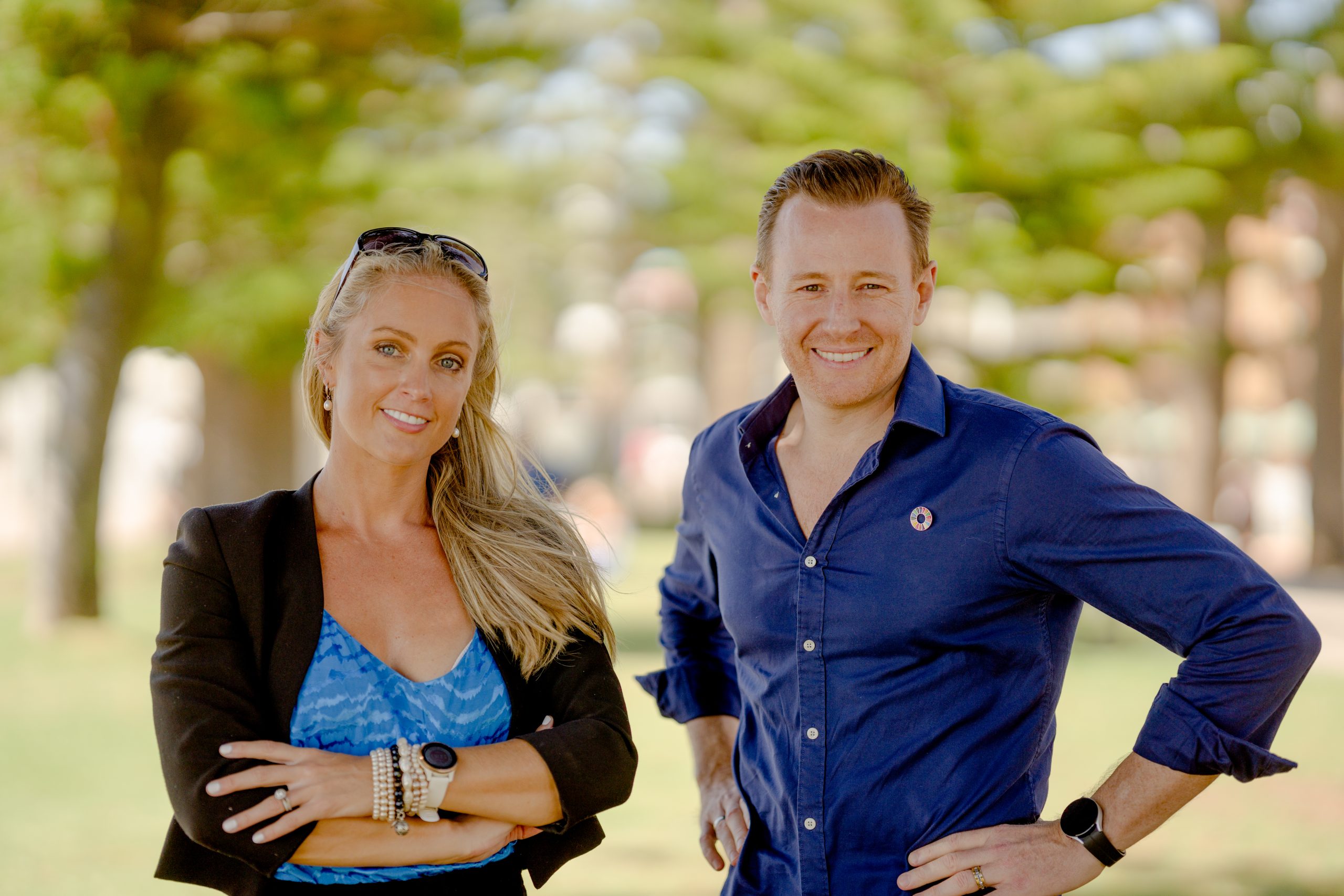(This editorial was originally published in BandT)
When crisis hits, it can feel like you’re being scorched by flames in every direction.
And even a tiny little spark can quickly become a runaway fire that is incredibly damaging for the business, its people, and shareholders if not addressed immediately.
Whether it’s a misspoken public comment, a product defect, a court case, or a damaging accusation by a disgruntled employee or shareholder – it can be hard to resist reacting defensively, without taking a moment to assess how best to tackle the flames.
Yet like most acts of public relations, your PR crisis response must cover a number of bases simultaneously, strategically, and with the long run in mind. It must also, always, begin with a plan enacted by a solid crisis response team.
This type of measured response can save you from escalating the fire, while ultimately also minimising its fallout and potentially even creating goodwill from a terrible situation.
Here’s how.
Step 1: Assess the fire
First of all you want to assess the type of crisis you’re facing, and its key actors.
If a company spokesperson has said something problematic and is facing a backlash, this will affect the public (and therefore your company) in a very different way to a product defect, for example. A lawsuit will have an entirely different strategy.
So begin by setting up a matrix that covers the extent and type of injury caused; who caused the injury, how, and why; who is affected and in what ways; and whether there is ongoing risk of further injury to these and/or other parties in both the short and long term.
Work with your crisis response team to collect all the facts and key stakeholders in one document, because they might think of things you don’t with their external perspective.
No action should be taken or word spoken until this assessment has been thoroughly explored and agreed on by your senior leadership team, legal council, crisis response team, and other critical parties.
Then it’s time to put on the fire hat…
Step 2: Contain the fire
From this initial assessment, the next step is to take action that halts any further immediate damage.
For instance, if it’s a defective product, an obvious action would be an immediate product recall. Get the product out of stores and customers’ hands as soon as humanly possible, before any other action occurs or any words are spoken.
Likewise, if it’s a problematic spokesperson, that person needs to be ordered to stop engaging on the topic that’s causing harm immediately (or any topic, potentially).
No apologies or statements can be made while the fire is still burning, and people are still getting burned.
Step 3: Create a containment strategy
Actions are definitely king. But effective and empathetic communication is also critical to the wellbeing of the injured parties right now, and to prevent further injury.
It can also impact the ongoing viability of the company over the long term, and the outcomes in legal cases too.
So it’s imperative that, once the fire has been tamed, all comms in the short term are handled with the utmost of strategic care by the crisis response team only. This includes ensuring that all stakeholders’ positions are understood, and that your team knows how to prevent them from starting more fires.
This might look like turning off commenting on corporate social media platforms, or having key spokespeople shut down their own social channels.
One crisis spokesperson might be appointed as the only person permitted to speak to media or other external parties for the foreseeable future. And even with this one person appointed, the crisis comms team must still vet all incoming requests, and carefully guide any engagement.
For instance, it might be ideal to only provide written responses in the short term, as this is a far more controlled mode of communication than one-on-one interviews.
With uncontrolled communication locked down and rules of engagement set, it is now time to make your voice heard on the crisis.
Step 4: Be the leader with the firehose, and speak to victims first.
As a matter of principle, good crisis responses must always be unwaveringly victim-centred.
So those impacted by the situation should be communicated with first as a matter of priority – yes, even before the media. This is even true if it feels like the media is where the true crisis lies.
So be the leader holding the firehose and communicating with victims. Do not put on your Hawaiian shirt and go on holidays (you know who I’m talking about), avoiding those who need validation the most.
This might look like a private letter to all stakeholders, outlining what has happened, why, and how they will be remedied. In some cases this might be accompanied by a phone call or an in-person meeting, or it might require further written comms where stakeholders reply with questions.
This is an opportunity to demonstrate genuine remorse and promise to do better moving forward – promises that will only have impact if followed up by action (see step six).
However, it should also absolutely be vetted by your legal team, as it must not include anything that will hurt the company moving forward. And it must be written knowing that it could be leaked to media.
Do not write anything to victims that you aren’t ready to read about on the front page of tomorrow morning’s paper.
Step 5: Communicate more broadly to influence the narrative.
Once victims have been communicated with, it’s time to help guide the public crisis narrative by filling the public “information vacuum”.
This is a situation that occurs in the wake of a crisis where various stakeholders are scrambling to piece together what has happened, why, and – critically – who they can all point fingers at.
It’s vital that this information vacuum is not left to be filled with sensationalism and lies. So there are several external comms tactics that can be used to help fill this vacuum.
Firstly, post a statement on the company website and/or on its social channels, to be consumed by anyone searching the company online.
This should be simple, short, clear, and also both vetted by legal, and assumed that it may be picked up by media.
The statement should take responsibility, while not setting the company up for legal issues. And it should in no way blame victims or act as a “false apology” a la “we’re sorry that you feel hurt”, etcetera. This is a massive cop out and has the potential to go viral for all the wrong reasons.
When it comes to media engagement, a company might simply write a reactive statement, to send out reactively in response to incoming requests only.
Keep in mind that not all requests must be replied to and should instead be assessed on a case-by-case basis. It’s always worth questioning whether it’s necessary to correct and/or influence the emerging stories, or if it’s preferred not to add any more oxygen to the flames.
But in some cases, it might actually be best to engage proactively. This could involve choosing one or several media “friendlies” who you know will cover the situation in a fair and balanced manner, and offering them an interview.
Keep in mind that these friendlies do not owe you a piece of marketing propaganda. They are journalists and they are there to write the news, even if that news is not completely favourable to you.
But it is often a worthwhile exercise to influence and control the narrative, rather than have it decided for you by those who do not possess complete information.
Step 6: Restore the victims.
All of the above should have happened on the first day of the crisis emerging – preferably before lunch time!
But the only way to ensure all of your heartfelt apologies and promises to do better actually mean anything is by taking two important steps.
Firstly, you must ensure current victims are remedied in some way, depending on their unique circumstances.
For instance, a product defect that caused injury should at the very least involve validation of the victim’s concern; a complete refund; and medical, financial, emotional, and/or other compensation for the injury caused.
Secondly, you must take action to prevent the emergence of future victims.
In the case of the product defect, this could look like an immediate investigation into the source of the defect, and then altering production processes to ensure it cannot repeat.
Not only is it obviously the right thing to do, but this can actually provide victims with a sense of empowerment too.
Knowing they have been part of preventing future harm can actually offer victims a sense of power in an otherwise quite powerless situation for them. This is something you should help to give them where possible.
Step 7: Restore yourself.
Following a crisis – and only once the dust has settled and it’s appropriate to move on – it’s important to set up a six-, 12-, or even 24-month media plan to rebuild your reputation and brand goodwill consistently.
This will look different for every company, but should always contain messaging around how you’ve changed as an organisation, supported by tangible actions that prove this messaging to be genuine and correct.
But don’t forget…
Step 8: Recognise the burns may linger longer than you want.
It’s possible that you yourself are the victim in your particular crisis. But in most circumstances, you won’t be – even if it was all unintentional.
You will need to own that, potentially for a very long time.
You may follow all of the above steps perfectly and spend months or even years righting your wrong, and healing those wounds, and still get detractors throwing snide comments or criticisms at you.
That sucks. But don’t forget you did cause the fire. And people did get burnt.
Humility and a lifelong commitment to doing better are the absolute only ways to turn a crisis into a true and genuine redemption story.
And done well, this type of redemption story may even be powerful enough to create greater goodwill than if the crisis hadn’t occurred in the first place.










